
Nissan X-Trail 4x4 (2014-2022) review
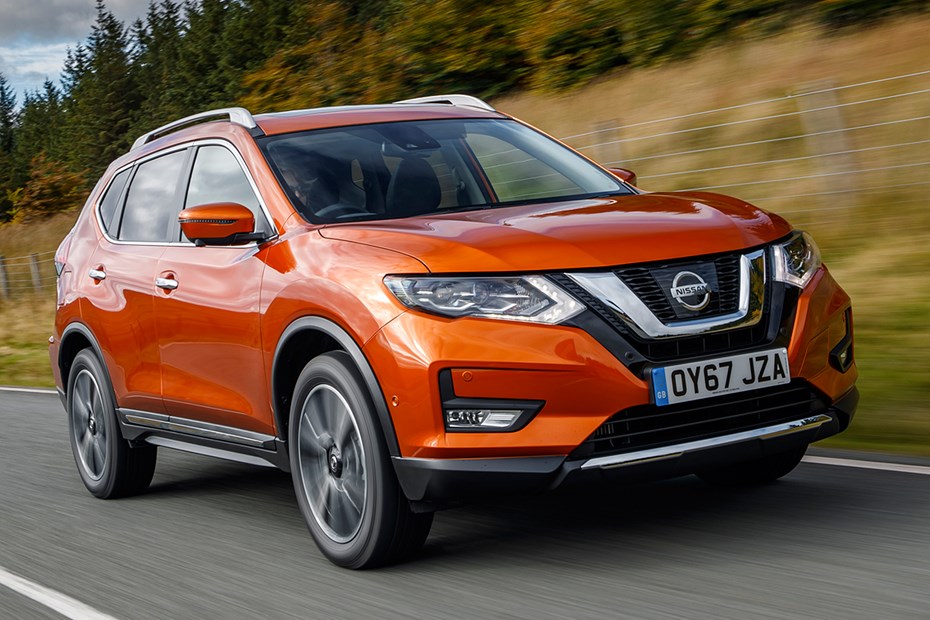
At a glance
| Price new | £20,655 - £37,570 |
|---|---|
| Used prices | £3,659 - £24,833 |
| Road tax cost | £165 - £265 |
| Insurance group | 15 - 23 |
Get an insurance quote with

|
|
| Fuel economy | 35.7 - 47.7 mpg |
| Range | 528 - 752 miles |
| Miles per pound | 4.6 - 6.1 |
| Number of doors | 5 |
| View full specs for a specific version | |
Available fuel types
Petrol
Diesel
Pros & cons
- Easy to drive
- Generous equipment levels
- Decent space for most families
- Interior quite plasticky, doesn't feel special
- X-Tronic gearbox not the most responsive
- Third row of seats cramped
Nissan X-Trail (14-22) rivals
Overview
The 2014-2022 Nissan X-Trail is a large, five-seat family SUV with the option to upgrade to seven seats for those needing to accommodate larger families. For used car buyers it offers more space than the popular Nissan Qashqai at a comparable price when buying an approved-used model, and older examples provide a seven-seat option at a very competitive price.
While the X-Trail is similar in size to the Honda CR-V (which only has five seats), used cars for sale in the UK that are worth considering before making a decision include the Hyundai Santa Fe and Kia Sorento, while the Skoda Kodiaq and Seat Terraco are strong rivals for newer X-Trails. These all offer space for seven in an SUV body style.
Where previous generations of X-Trail were very different to the contemporary Qashqai, with the third generation Nissan chose a softer, more family and on-road focused approach. It shares the same platform as many current Renault, Nissan and Dacia models, which also means that you should consider looking for the rather rare Renault Koleos if hunting for a bargain.
Used Nissan X-Trail (2014-22) buying guide
- Generally good availability of 4x4 models
- Seven seats and 4x4 combination is possible
- Diesels are ULEZ compliant, petrol is 2WD only
The Nissan X-Trail faced a lot of rivals and was also competing against the Nissan Qashqai for buyers who only needed five seats. The most popular years were 2016 and 2017, where just under 37,000 new X-Trails were registered – for comparison, 137,000 new Qashqais joined Britain’s roads at that time, and the third-generation X-Trail sold less than 50,000 units during its seven years on the market.
Those registrations predate the August 2017 facelift, so if you want the freshest-looking X-Trail be prepared to travel to find the best one. Diesel is the only way to get four-wheel drive – that’s not really an issue though, as the diesel models are Euro 6, and should be ULEZ compliant. 1.3-litre diesel and petrol models are front-wheel drive only. Automatic is an option, though it’s a CVT.
The trim levels vary through the years, but Tekna is top of the range, and N-Vision has an early 360-degree surround camera for parking. All X-Trails are well equipped when compared with rivals.
Nissan X-Trail (T32) known faults and common problems
1. 1.3-litre petrol DIG-T
Good news, the later 1.3-litre X-Trail engine has so far proven pretty reliable. It’s shared with Mercedes, Renault and Dacia (in a milder state of tune), and uses a timing chain, direct injection and a turbocharger. Given these are still new enough to be in the extended warranty and approved-use phase issues of neglect are yet to crop up, but we’d check the oil levels and condition (it does use a little oil) and make sure there are no diagnostic fault codes both before and after a test drive, and listen for rattles on start up implying weak timing chain tensioners.
2. 1.6-litre diesel DPF, turbo and timing chain
This capacity of turbo diesel seems to have been the sweet spot for many manufacturers, and Renault/Nissan’s entry-level diesel might be unrelated to the ubiquitous PSA/Ford/Volvo one, but it’s just as susceptible to similar issues. Top of the list is the diesel particulate filter. It was designed to be replaced at around 80,000 miles, but some owners reported issues of it being full before 30,000 miles. It’s also quite expensive. Check that it hasn’t been bypassed and make sure you get an extended test drive with some high-speed driving, which will often give it a chance to try regenerating (burning off the soot).
The timing chain is prone to stretching and Nissan recommend replacement at 100,000 miles, though many cars will cover much higher mileages without issue if they have been serviced well. Nissan service intervals tend to be quite short, but owners are equally likely to skip them. Any sign of camshaft error codes can indicate timing chain stretch.
Leaks from the turbocharger oil lines and internal bearings are relatively common. Look for oil in the intake and intercooler pipework (check this for damage regardless), excessive smoke, and poor running.
3. Automatic gearboxes – Xtronic and DCT
In both cases when testing a Nissan X-Trail automatic, you want to feel for juddering when moving away, slip under acceleration when held in gear, and listen for unusual noises – particularly grinding or scraping sounds. The 1.3-litre car’s dual-clutch gearbox may also change gear sharply or snatch, so make sure to run through all gears manually as well.
Many garages are suspicious of working on CVT gearboxes, presumably because instead of gears they contain trained demons. Or for fans of facts, they contain stretchy, V-shaped steel belts that create infinitely variable gear ratios within a finite range (in the case of the Xtronic the engine management simulates traditional gears, but under full throttle the engine holds constant revs, and the gearing changes to vary speed).
This fear has consequences – the Xtronic gearbox should have a fluid change with the correct spec of oil and a new primary filter (there’s another one buried in the gearbox which is harder to change) at 54,000 miles ‘if it looks like it needs it’ or if it has been used for heavy duty work. It’s also supposed to be checked with every service.
Don’t think you’ll escape the need for servicing if you choose other gearboxes. The DCT, and the manual gearboxes, are also due fluid changes at 60,000 miles or four to five year intervals.
4. 1.7-litre diesel AdBlue
Later X-Trail diesels feature an AdBlue system. This is reliant on NOx sensors as well as the tank and injectors, and failure of one or more elements will cause the entire anti-pollution system to shut down – and ultimately prevent the car from being driven. Use a diagnostic computer to check for fault codes, and see the status of the AdBlue level. A replacement tank and sensor runs well into four figures, and it may not even be the issue.
5. Technology – surround cameras, sensors
The X-Trail has a lot of tech for its age, and not all of it ages well – for example, the air conditioning system can go wrong because of poor wiring and earth connections. Cameras for 360-degree views are vulnerable to electrical and physical damage, and expensive to replace. If this feature matters to you, make sure it’s working – while you’re at it, check the infotainment screen, radio and media functions, and the dashboard’s menus.
On later models features like auto-dipping high beams are trickier to check, but if you do test drive at dusk don’t forget to try them out.
6. Manual gearbox – clutch and flywheel
The bigger the engine, the more work the clutch and flywheel have to do. On all manual models feel for vibration at speed, and juddering when taking up drive. This could indicate more than just clutch wear, and the dual-mass flywheel on the X-Trail is not a cheap item.
This is particularly relevant when you consider how popular the Nissan X-Trail was (and is) with Caravan Club members.
7. Towing preparation and extra wear
Targeting the right owners to sell a new car is always a good idea – Nissan offered discounts on the X-Trail for Caravan Club members. That does not mean the cars came prepared from the factory for towing, however, so check the type, quality and fitment of the towbar and wiring. If a universal wiring box has been used, look for poor-quality joins such as Scotchlok connectors spliced onto the wiring loom, and crude earthing and routing for wiring inside the boot and rear light area.
The function of a 13-pin electrical connector is part of the MOT test – check the history online for any advisories. Look inside the connector as well, has it been protected with dielectric grease, or is it rusty and full of white oxidisation?
The X-Trail can tow 2,000kg in most specifications. If buying privately and there’s a relatively large caravan on the drive, you shouldn’t worry too much but the rear suspension and clutch will have taken more wear.
8. Rust and water leaks
Structural rust simply should not be a problem on the Nissan X-Trail, but the gas support struts for the tailgate were recalled for doing just that on some models. However, water leaks from blocked sunroof drains can saturate the fusebox and wiring.
Check the carpets for damp in the front footwells – even if there isn’t an electrical fault now, there could be soon if you don’t address the cause – and that can involve stripping part of the trim out if someone’s carelessly damaged the drain tubes following bad advice on forums. They should be cleared with a thin flexible probe from above, in the front corners above the windscreen.
Rear drains are harder to clear, so water in the back should be left to the dealer to sort out before they sell the car.
9. 2.0-litre diesel injectors and EGR
The 2.0 dCi 177 is definitely the engine to have if you want an X-Trail with real all-round ability. It’s generally robust and unstressed as long as it has had annual oil and filter changes and lots of high-speed runs. It’s vulnerable to the usual diesel problems though – sniff for diesel in the oil, look for signs of fumes around the injectors when running, and read the codes. EGR units can stick causing poor running and power loss, and they can also leak coolant.
10. Interior condition and functions
This is a family car, but not all of the interior trim is as resilient as it could be. Check for broken seat latches and catches, seatbelts that don’t properly engage, and damaged sill and boot trim particularly on seven-seater models. Don’t forget the height adjustment on the seats, as this can fail.
On all X-Trails over five years old, before diagnosing any faults with electrical gadgets, gearboxes or engine behaviour, make sure the battery is in good health and charging properly.
What’s a used Nissan X-Trail like to live with?
Over the next few pages, we’ll review each aspect of the third generation Nissan X-Trail, taking into account its practicality, comfort, fuel economy and performance. If you’re short on time, you can also skip to our verdict page to see if we recommend the 2014-2022 Nissan X-Trail as a good used car.



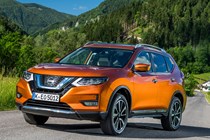
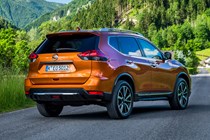

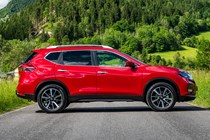
.jpg)
.jpg)
.jpg)
.jpg)
.jpg)

.jpg)

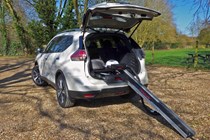
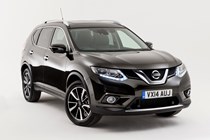
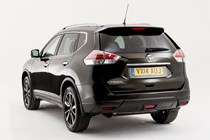
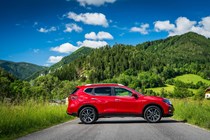
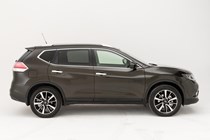
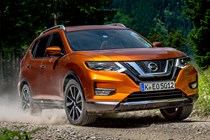
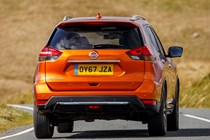
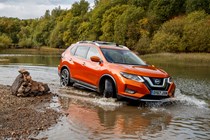
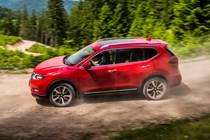
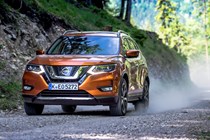
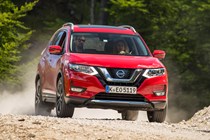
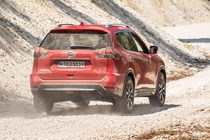
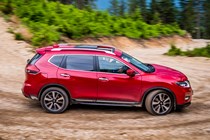

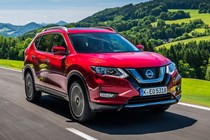
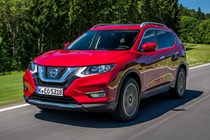
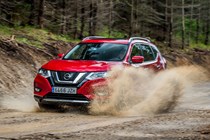

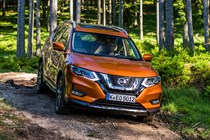
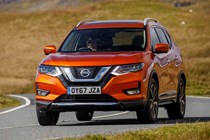

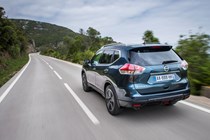
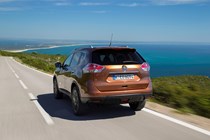
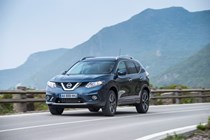
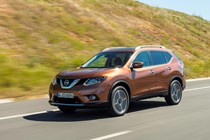
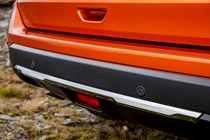
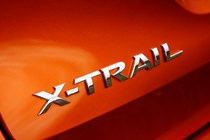
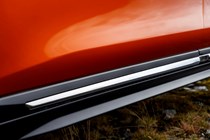
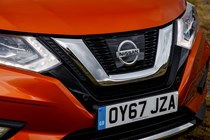
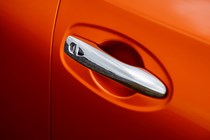
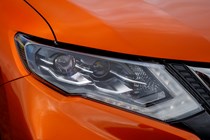


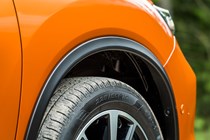
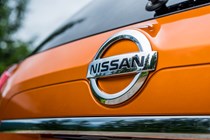
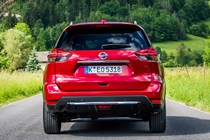
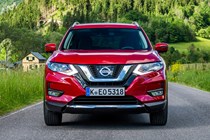
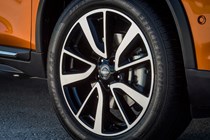
.jpg)
.jpg)
.jpg)
.jpg)
.jpg)
.jpg)
.jpg)
.jpg)
.jpg)
.jpg)
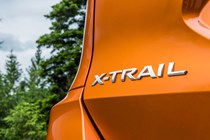

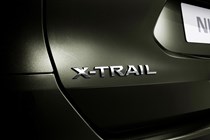
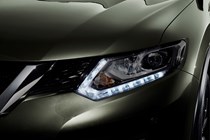
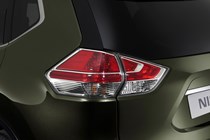
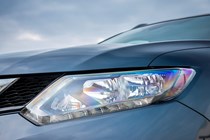

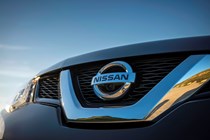
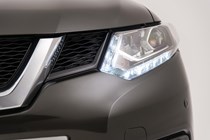
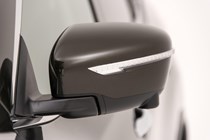
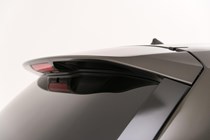

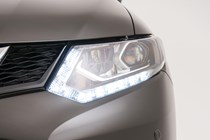
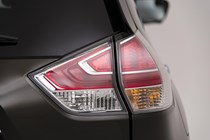
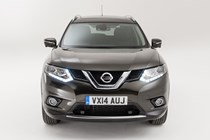
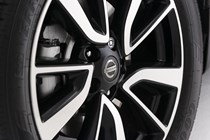

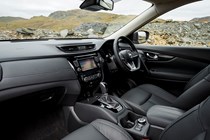


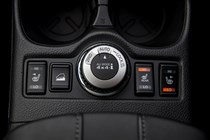
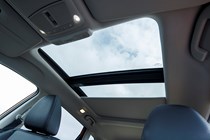
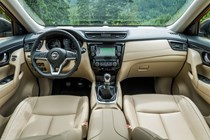
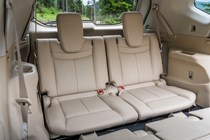
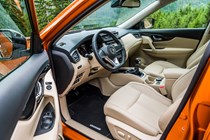
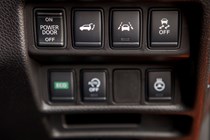
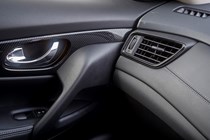
.jpg)
.jpg)
.jpg)
.jpg)
.jpg)
.jpg)
.jpg)
.jpg)
.jpg)
.jpg)
.jpg)
.jpg)
.jpg)
.jpg)
.jpg)
.jpg)
.jpg)
.jpg)
.jpg)
.jpg)
.jpg)
.jpg)
.jpg)
.jpg)
.jpg)
.jpg)
.jpg)
.jpg)
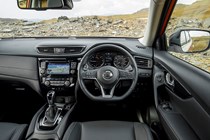
.jpg)
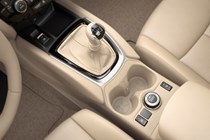
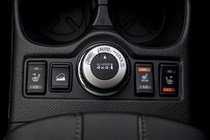
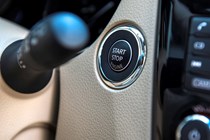
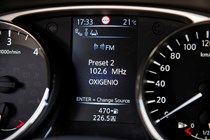
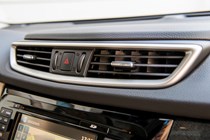
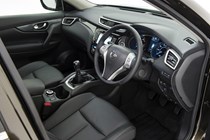
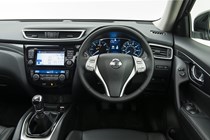
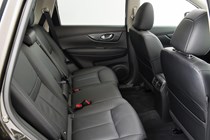
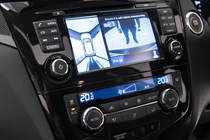

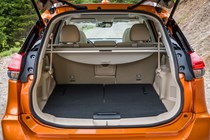

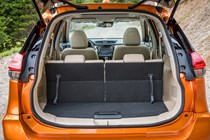

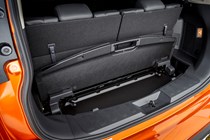
.jpg)
.jpg)

.jpg)
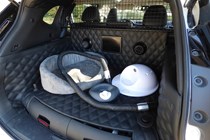

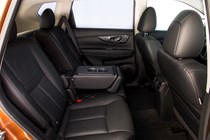
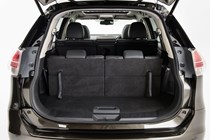
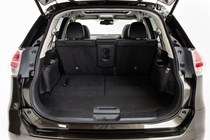

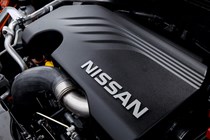
.jpg)
.jpg)
.jpg)
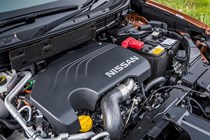
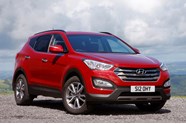
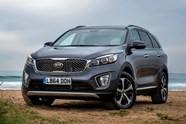
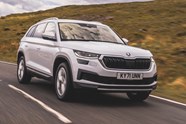





.jpg?quality=50)
.jpg?quality=50)
.jpg?quality=50)
.jpg?quality=50)
.jpg?quality=50)

.jpg?quality=50)







































.jpg?quality=50)
.jpg?quality=50)
.jpg?quality=50)
.jpg?quality=50)
.jpg?quality=50)
.jpg?quality=50)
.jpg?quality=50)
.jpg?quality=50)
.jpg?quality=50)
.jpg?quality=50)



























.jpg?quality=50)
.jpg?quality=50)
.jpg?quality=50)
.jpg?quality=50)
.jpg?quality=50)
.jpg?quality=50)
.jpg?quality=50)
.jpg?quality=50)
.jpg?quality=50)
.jpg?quality=50)
.jpg?quality=50)
.jpg?quality=50)
.jpg?quality=50)
.jpg?quality=50)
.jpg?quality=50)
.jpg?quality=50)
.jpg?quality=50)
.jpg?quality=50)
.jpg?quality=50)
.jpg?quality=50)
.jpg?quality=50)
.jpg?quality=50)
.jpg?quality=50)
.jpg?quality=50)
.jpg?quality=50)
.jpg?quality=50)
.jpg?quality=50)
.jpg?quality=50)

.jpg?quality=50)















.jpg?quality=50)
.jpg?quality=50)

.jpg?quality=50)







.jpg?quality=50)
.jpg?quality=50)
.jpg?quality=50)
